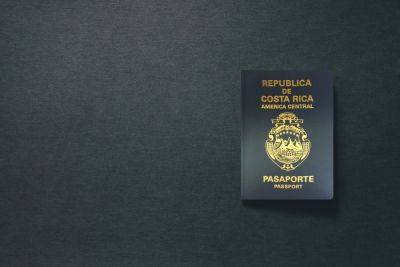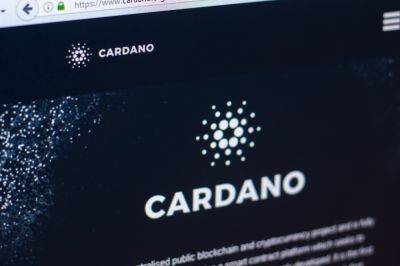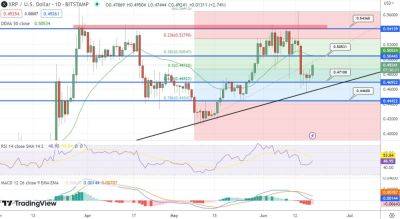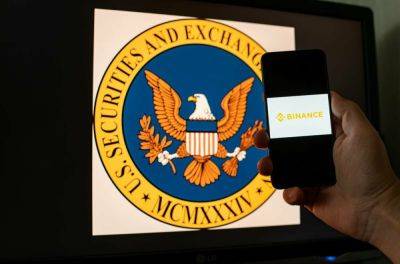NY Fed and MAS find promise in wCBDC for cross border payments
The experiment was conducted in a test environment and the hypothetical payments were settled using simulated wholesale central bank digital currencies.The teams interlinked the distinct central bank currency ledgers, providing flexibility in the design and operation of each ledger to the respective central bank. This enabled payments to be safely executed across multiple ledgers without the need for a central clearing authority or the establishment of a shared central network.The simulated payments were settled atomically, meaning transactions were only settled if all legs in the cross-currency payment chains were executed successfully.
This improved the certainty of settlement, addressing existing pain points such as counterparty risks.Each simulated payment scenario achieved end-to-end settlement in under thirty seconds on average. This enabled participants to be notified of a payment’s success in a matter of seconds.Michelle Neal, head, markets group, New York Fed, says: “Our research collaboration with the MAS reveals key opportunities for central bank innovation to play an important role in easing wholesale payment flows globally and improving settlement outcomes.”
. Read more on finextra.com


















